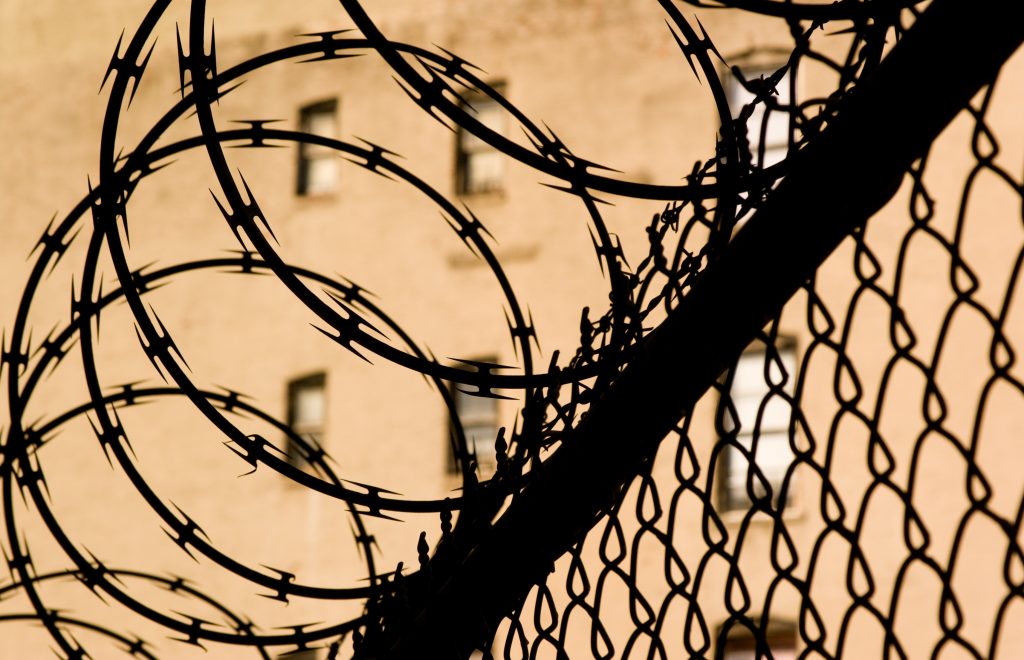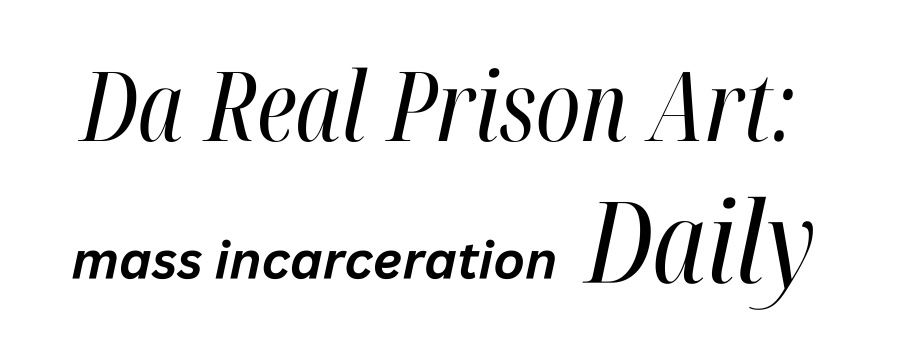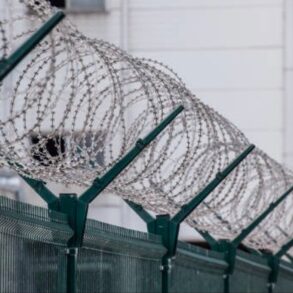
Minnesota taxpayers entrust our government with billions of dollars each year to make Minnesota a safe and dignified place to live — including for people in prison. It’s hard to believe we might throw away hundreds of millions of dollars trying to salvage 100-year-old prisons in deep disrepair. These facilities are dangerous for the people living and working inside. The only safe and affordable option is to close them once and for all.
In February 2025, the Minnesota Office of the Ombuds for Corrections released an urgent update to its 2024 report on the state of Minnesota correctional facilities. Both reports paint a dire picture for two of the state’s prisons in Stillwater and St. Cloud, which together house around 2,300 individuals: these prisons are crumbling.
Moreover, as these prisons continue to deteriorate, our state’s prison population is growing. According to a recent report by the Crime and Justice Institute — a nonpartisan nonprofit organization that partners with jurisdictions nationwide to improve justice systems — Minnesota’s prison population has been rising faster than in other states since the pandemic. From 2021 to 2022, our incarceration rate grew by 8% compared to just 2% nationally, for instance.
The human cost of the increasingly crowded prisons and their disrepair is devastating. In an op-ed last year, Maurice L. Ward — CEO of Justice Impacted Individuals Voting Effectively — described his experience in the Stillwater prison as “living in a coffin but not buried underground,” where the temperature inside felt like “120 degrees.” Folks inside have been moved to create powerful art, tell important stories and stage peaceful demonstrations to illustrate the inhumanity of such conditions. This alone should be enough to reconsider the future of these facilities.
But it gets worse. The old-fashioned layout of these facilities — with stacked cells — reduces corrections officers’ line of sight, creating additional safety risks in an already dangerous environment where lockdowns can, and do, emerge at a moment’s notice.
Additionally, the financial cost of facility maintenance is massive: The Department of Corrections estimates operating the correctional facilities in both Stillwater and St. Cloud costs almost $100 million, while the cost of urgent repairs at just St. Cloud is an estimated $71 million. We’re talking about nearly $200 million just for business as usual, which still leaves the people living and working in these facilities in danger.
Once you factor in the amount of work required to address the long-term infrastructure issues, this price tag skyrockets. Standing water, falling bricks, leaky roofs, plumbing problems, and excessive heat during the warmer months make living and working at these prisons inhumane. A 2014 study to replace the St. Cloud facility projected a cost that amounts to an estimated $730 million in today’s dollars. Should we spend this much to replace just one of these crumbling prisons? The DOC itself calls this “the epitome of throwing good money after bad.”
Minnesota lawmakers know the importance of an individual’s successful reentry after incarceration, as evidenced by the passage of recent laws that incentivize participation in prison programming for those in custody, like substance abuse disorder treatment, medical and mental health services, and vocational, career and education training. This programming is impossible in crumbling facilities lacking usable spaces.
We understand that breaking the law and causing significant harm to people, property and society requires accountability. We ask Minnesotans to imagine what accountability mechanisms will be possible if we invest in the human potential of those who live and work inside these facilities.
As statewide decision-makers consider long-term solutions, the economic and human costs of addressing the issues in Stillwater and St. Cloud mount daily. We can spend hundreds of millions of dollars trying to fix or replace these unfixable prisons, or we can take that money and build a plan that keeps communities safe and uplifts the humanity of every resident. The Minnesota Justice Research Center joins the chorus of people urging the immediate decommissioning of these prisons.
Do you have thoughts about the future of Minnesota’s crumbling prisons? Join us for a community conversation hosted by the MNJRC and We Are All Criminals at the Weisman Art Museum on May 8, 2025.
We’ll view powerful pieces in the SEEN exhibit, hear from the Office of Ombuds for Corrections and CJI about their reports, discuss what we know, and work together to reimagine the future of these facilities — because we don’t have another option.
Last updated 7:46 a.m., Apr. 28, 2025
This post was originally published on this site be sure to check out more of their content.








